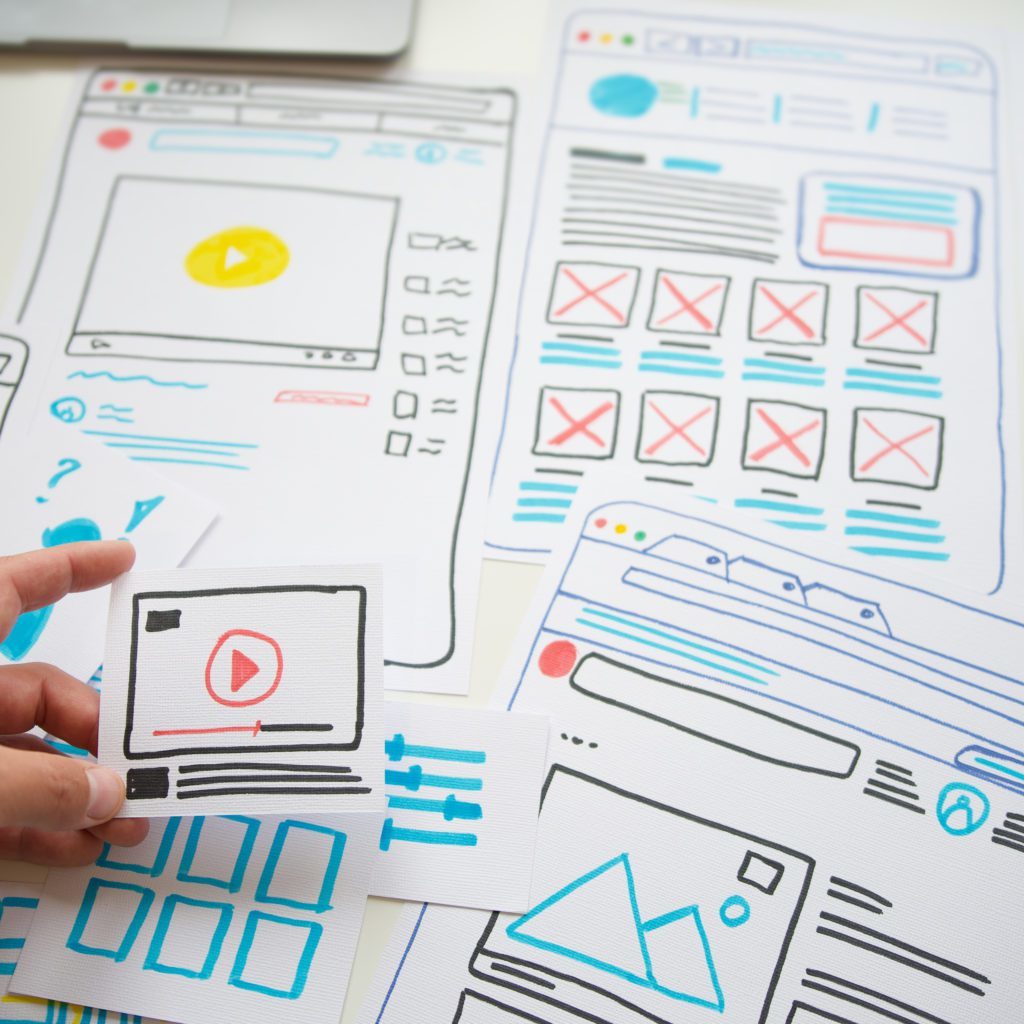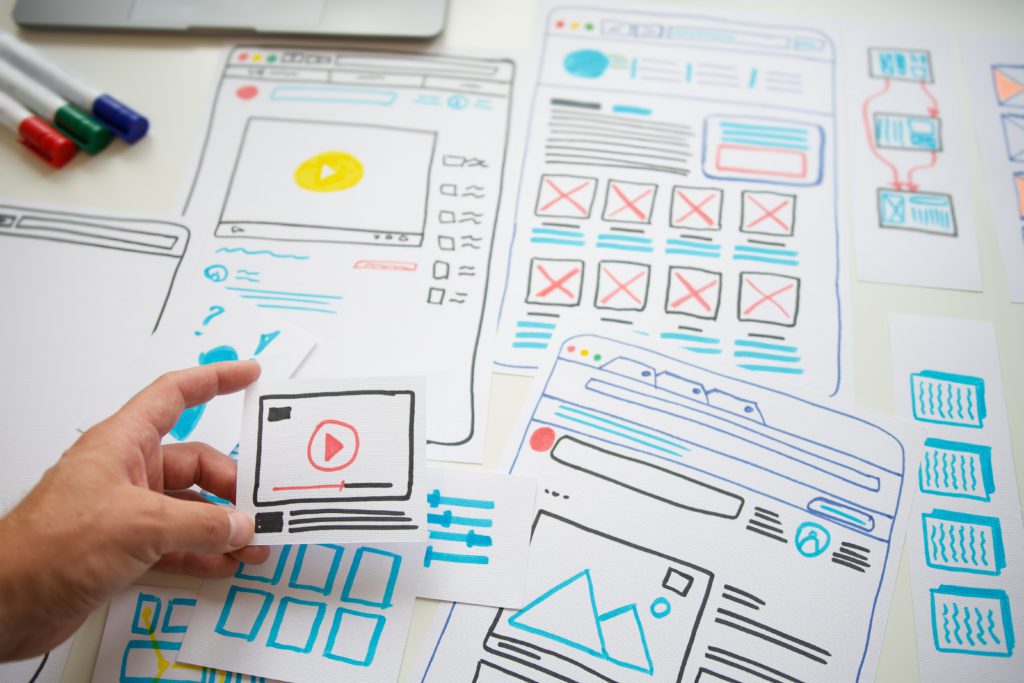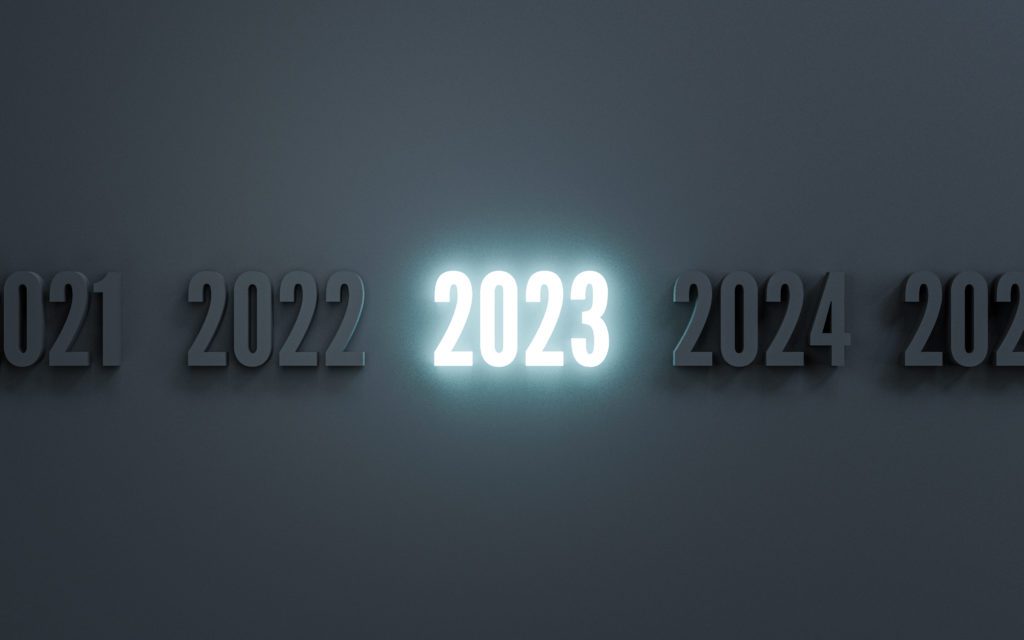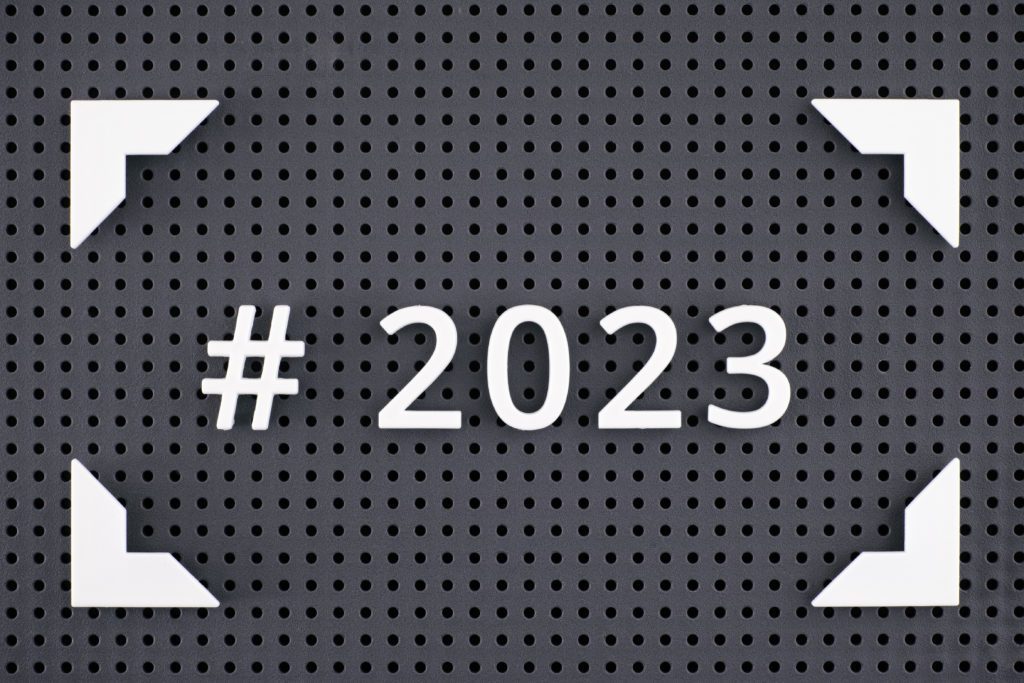
A Short Introduction to Web Page Types
Web pages arrange, organise, and present the information on a website in a similar form to the way the printed pages in a book contain its text and visual material. You could think of a website as a series of overlapping and interwoven layers of information, and those layers are contained in what we loosely define as web pages. However, web pages come in a much wider variety of types and styles than simple printed pages of text and images. When we think and talk about website design, it’s really useful to have a basic understanding of the different kinds of web pages that are most commonly used, the technology that drives them, and why they’re useful in terms of the way websites function and evolve.
The key types of web page
If a website were a house, the home page is like the front door; it’s the place where you arrive in order to enter the site. It’s therefore the starting point for the user’s journey into the website’s content. Usually the homepage is the most visited page of any site, as it’s often the place to which users will be directed by search engines. The design of a home page will be very different depending on the purpose of the website it serves. A content-rich media site funded in part by advertising may have a large amount of text, images and video content on its homepage; a site selling expensive designer furniture, on the other hand, may only need a highly curated series of images on its homepage. Some homepages need to contain extensive information to do their job, and others need to engage their audience with powerful visual material.

The menu page is an extension of the homepage of a website; it’s a navigational place where you can start to find your way around the site and get to the part of it you want to be in. Once you’ve entered a site via the homepage, the menu page – which can often be part of the homepage itself as a series of drop-down menus – will help you progress. From a design perspective, the menu page needs to reflect what the website is doing and what it looks like. There’s not much point having a minimalist design with a complicated menu page, or a content-rich layout with a minimal menu, for example.
The concept of the landing page is a relatively recent development in web design. The idea of this kind of page is for it to be a place where a search engine can direct a user to an area of a website’s content that is specifically related to a particular goal, such an individual product search. Landing pages are particularly useful devices for large and complex websites, such as online retailers. The design ethos behind landing pages is that they should present the user with clear information about a specific objective, like purchasing a product or booking a service.
Websites that sell products usually need dedicated product pages to deliver the necessary information about those products, present reviews and ratings, and offer a clear call to action (CTA) button so the product can be added to an online cart. Careful user experience design of product pages is very important, as too little information may lead to the customer losing confidence and abandoning the purchase, and conversely too much detail within a cluttered, chaotic design may cause sensory overload resulting in cart abandonment.
HubSpot is a sophisticated piece of customer relationship management (CRM) software that enables web forms to be created for virtually any purpose. It also provides a myriad of other digital services covering marketing, sales, customer service, content management, and business operations, and may be worth considering if you want to integrate the data you capture using web forms with other areas of your business.
The cart page is the place where a customer can view and review the items they have bought on an e-commerce website and finalise their purchase online. Many e-commerce website now use cart abandonment software, so if a customer adds products to their cart but doesn’t complete the purchase, they are reminded of what they were previously shopping for the next time they visit that site. Many e-commerce websites also use technology that shows the items added to a cart in real time.
Websites that are marketing a product or a service always need a contact page, where users can email, call, or live chat with the customer services department. A contact form is often used on such pages, so the user can send a message directly from that page. The most important design aspect of contact pages is arguably simplicity; they shouldn’t be confusing or difficult to interact with, otherwise they won’t be used.
A portfolio page, which might alternatively be called a gallery page, can be a very important central feature of a website advertising creative products or services. It needs to be a visually striking area that’s easy to navigate and attractive to browse, showing a wide selection of the products or services on offer.
Any content-rich media website, or a site offering media as a service, usually needs to have article pages for editorial features. These can be either laid out in the style of long-form online content, with text and images co-existing together on the same page, but can sometimes be presented as a blog page, which is normally a continuous passage or section of text.
Other important areas of modern websites include feed pages, which are central pillars of many news-based sites and present the very latest content that is updated on the site in real time, often as a live blog. Another fundamental page for busy websites is the search page, which helps a user find what they are looking for on that site or its affiliates.
Similarly, an about page will give the user some useful context or background information. On the website of a retail brand, for example, this page may tell the story of who the founders are and how they started the business. If it’s a charity website, this page might give an overview of the organisation’s core work.
Other basic but nonetheless important pages on many websites include registration pages and login pages, where users enter their personal details and log in to the website with their username and password.
As digital technology continues to evolve, it is likely that new kinds of web pages will be developed, possibly replacing some of those mentioned in this article as well as adding to the repertoire of existing web page types. A considerable amount of debate is currently taking place at the highest levels of the digital sector about how – if at all – virtual reality (VR) and augmented reality (AR) might come to transform digital technology in the near future. To summarise this debate, it hinges on to what extent internet users will be enthusiastic about the so-called ‘metaverse’, which is a hypothetical iteration of the World Wide Web as a single, universal and immersive virtual world. A crucial point here is that entering this world is dependent on using VR and AR technologies, including large pieces of wearable hardware such as headsets. There are already a large number of so-called metaverse websites and apps in the gaming arena, for example, that are optimised for VR and AR. These websites and apps use types of pages that are in many respects wildly different from the more conventional, two-dimensional web pages discussed in this article. Time will tell if they define the internet’s future, or remain features merely of its more esoteric zones.
Over the course of 2022, there was a dramatic fall in the share price of social media giant Meta, which owns Facebook, Instagram, and WhatsApp. This was partly a consequence of CEO Mark Zuckerberg’s enthusiasm for the Metaverse, and Meta’s commercial plans that hinge on Zuckerberg’s conviction that it represents the future of the internet. Investors, it appears, don’t really agree with Zuckerberg on this fundamental point, so it seems likely that the more traditional web page types discussed in this article will be here, at least, for a little while longer.


